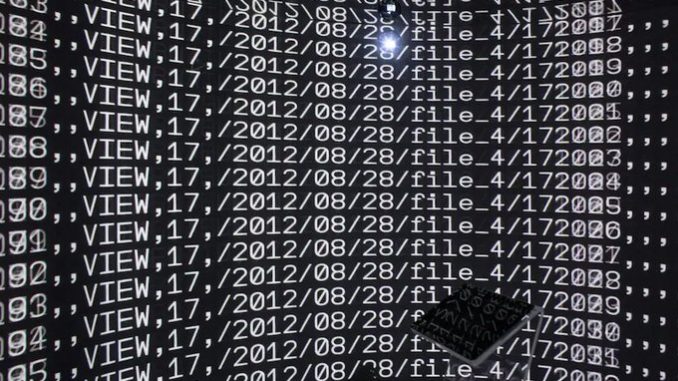
The danger is data poisoning: manipulating the information used to train machines offers a virtually untraceable method to get around AI-powered defenses. Many companies may not be ready to deal with escalating challenges. The global market for AI cybersecurity is already expected to triple by 2028 to $35 billion. Security providers and their clients may have to patch together multiple strategies to keep threats at bay.
The very nature of machine learning, a subset of AI, is the target of data poisoning. Given reams of data, computers can be trained to categorize information correctly. A system may not have seen a picture of Lassie, but given enough examples of different animals that are correctly labeled by species (and even breed) it should be able to surmise she’s a dog. With even more samples, it would be able to correctly guess the breed of the famous TV canine: Rough Collie. The computer doesn’t really know. It’s merely making statistically informed inference based on past training data.
